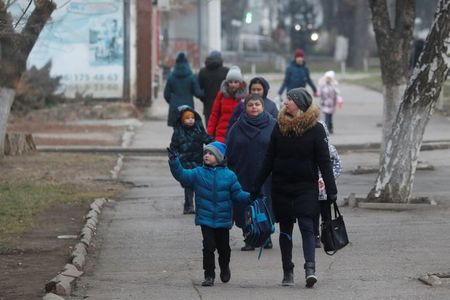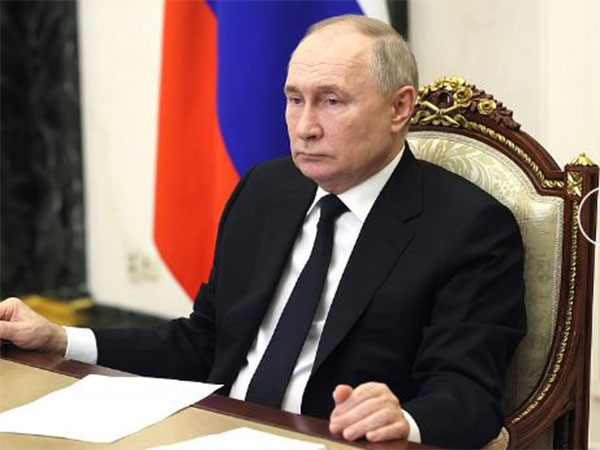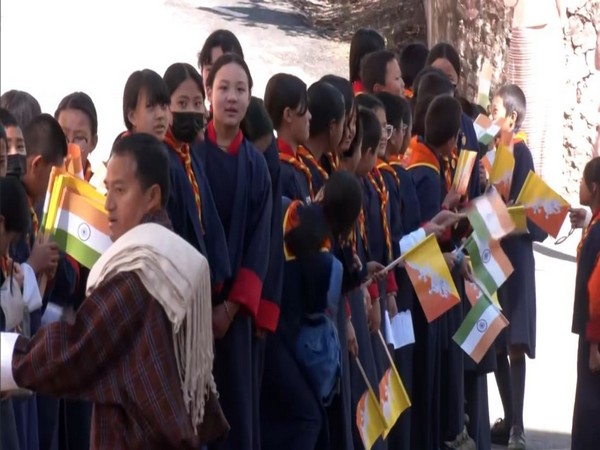
Ukrainians near conflict zone try to guess Putin’s next move

By Margaryta Chornokondratenko
KRAMATORSK, Ukraine (Reuters) – Anatoliy Hrebeniuk was a child of the Soviet Union – he grew up after World War Two in a land where Russians and Ukrainians were united as neighbours within the bloc.
Today he lives some 50 km (30 miles) from the front line of fighting between Ukrainian government forces and pro-Russian separatists in a conflict that has simmered for seven years. If Kyiv’s worst fears are realised, the region could soon be subsumed in a wider war between Russia and Ukraine. “We have a huge fear that Russia will come here again. We have a huge fear. It is not only me, but many people here,” said the 78-year-old pensioner in the Ukrainian town of Kramatorsk, recalling how separatists captured it in 2014 before government forces regained control.
“I don’t know how brotherly people all of a sudden became enemies,” he added, speaking in Ukrainian. “I don’t know how this could have happened. How is it possible that everything depends on one man?” The “one man” is Russian President Vladimir Putin, who, according to the Ukrainian government, has moved more than 90,000 of his troops to within reach of the border between the two countries.
The Kremlin says it poses no threat to any country and has dismissed Ukrainian and U.S concerns about a possible invasion as alarmist. It denies being a party to the conflict in eastern Ukraine, although Reuters has previously gathered evidence that Moscow sent Russian troops and irregular fighters, and weapons, to help the separatists. Larisa Turkova, 61, moved to Kramatorsk to escape the town of Horlivka, now controlled by separatists. She too is fearful of Putin’s intentions. “It’s very likely that if Ukraine provokes (Russia) somehow or, God forbid, does something that Putin doesn’t like, I am quite confident” that an offensive will happen, she said.
Civilians are allowed to cross through checkpoints along the frontline, and Turkova returned a few days ago from a trip to Horlivka. She described “constant explosions in the evenings and in the mornings.” In Kramatorsk, she said she felt safe. The town declares its loyalty to the Ukrainian government by flying a giant blue and yellow national flag atop an 80-metre flagpole. Next to a busy children’s playground, a monument featuring an infantry fighting vehicle commemorates the conflict that broke out in 2014, while outside the city a plaque pays tribute to Ukrainian officers who died.
Roman Balaboiko, 34, volunteered on the government side at the start of the war and served in a helicopter brigade that evacuated wounded soldiers from the frontline. He says he keeps his backpack ready in case of a new offensive. But local people are calm, he says, because for years now they are used to the idea that war could return any time. “We here in the Donetsk and Luhansk region got used to the thought that if a large-scale attack happens, we will be the first to feel it and realise it,” he said.
“I think people here are tired of being afraid. ”





















POST COMMENTS (0)